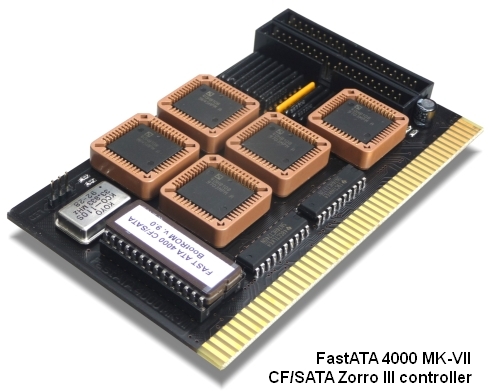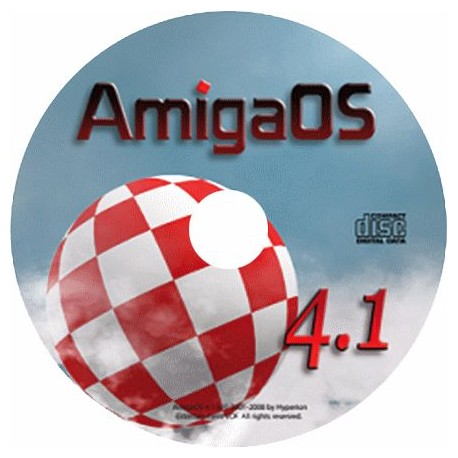

A JIT emulator actually compiles in real-time the 68K code being executed into native ARM code. A regular emulator, such as the Musashi we use today, looks up each 68K instruction in a table and the runs a native routine to do the same function. Michal Schulz is the developer of Emu68, a JIT based 68K emulator.įor those of you not familiar with a JIT (Just In-Time) emulator, here is a simple description of the difference. I’m not talking about Rod Hull’s bird (for UK readers). Make clean & make ACFLAGS=-DCHIP_FASTPATH The small speed boost _Bnu added to the Chip RAM access, which I mentioned last week, is now a compile-time option which is disabled by default.

If you turn off the Zorro III RAM and turn on the 8MB Zorro II option, it seems to work. We don’t know exactly why but we do know that the trigger is having the default 128MB of Zorro III RAM. On both Amiga OS 3.1.4 and 3.2, when trying to format a hard drive partition using Workbench’s built-in format tool / menu option it will likely crash the Amiga with a PiStorm. You will still be able to get into the boot menu by holding down the mouse buttons at power on. This can be confusing if you are testing your Amiga without the floppy drive. With Kickstart 3.2, if you have no floppy drives connected to the Amiga and no hard drive images the Amiga will boot to a black screen instead of an “insert disk” one.

These bugs are not unique to PiStorm, but they appear to have been more visible on PiStorm. There have been a couple of bugs in Amiga OS 3.1.4 and 3.2 users should be aware of that have tripped up users (including me) a few times. It has been a busy week this week with the biggest news being around a flightless bird!? Let’s get to it… Hyperion OS Bugs


 0 kommentar(er)
0 kommentar(er)
